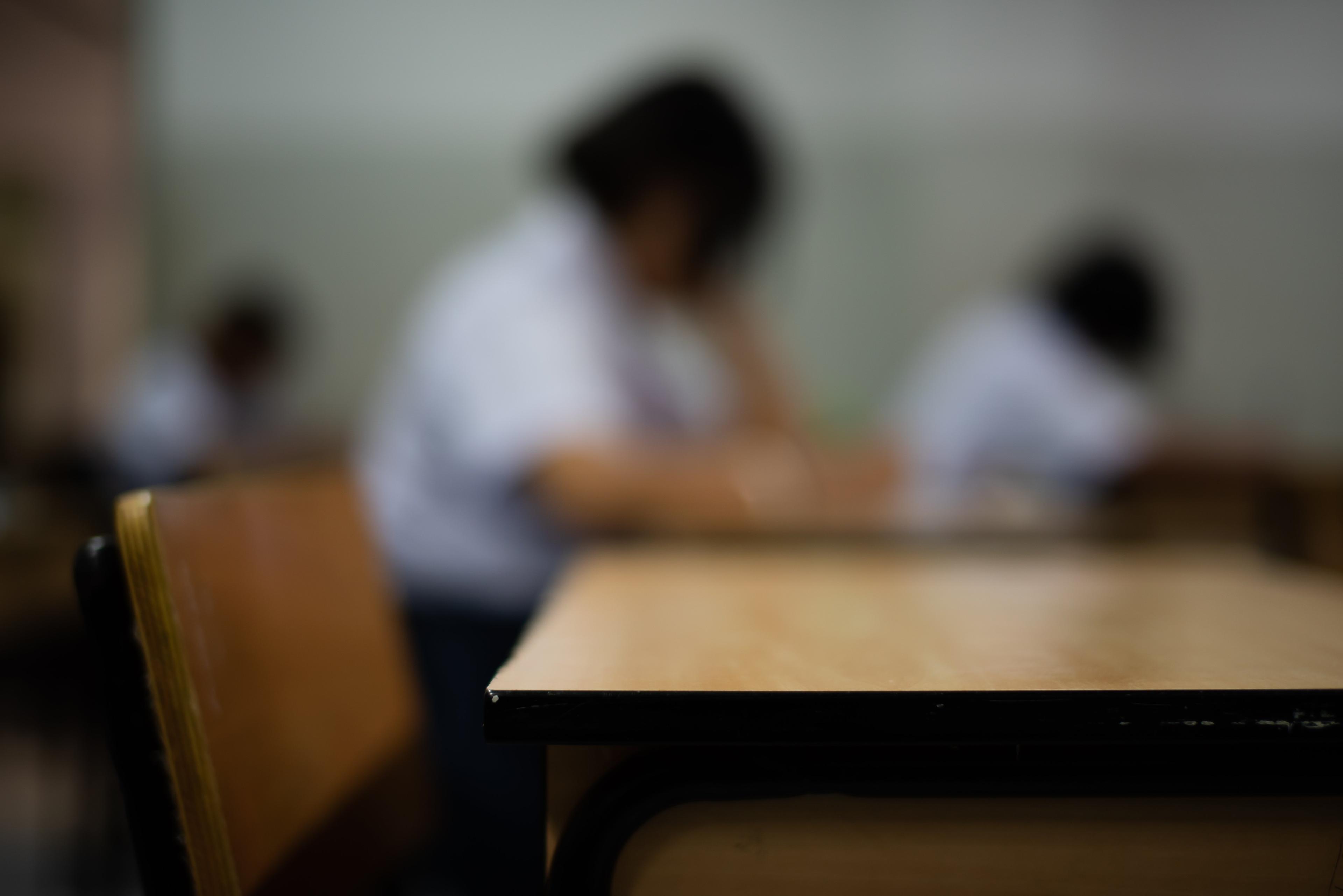5 must-know educational stats about the LGBTQ community
Here at HopSkipDrive, we’re committed to ensuring every student — and especially those from the most vulnerable groups — gets equal, unobstructed access to education.
In this article, we’ll be zeroing in on five important statistics affecting youth who identify as LGBTQ. The statistics are alarming but it’s need-to-know information for everybody who works with and cares for students. Because knowledge is power, the more we know about the challenges students face the more we’ll be able to help.
These students are more likely to experience homelessness
SchoolHouse Connection took a hard look at the Center for Disease Control’s Youth Risk Behavior Surveillance. And what they found was quite disheartening.
Students who identify as gay or lesbian — or those who are questioning their sexual identity — are more likely to experience homelessness. (Nearly 29% of students experiencing homelessness identify as lesbian, gay, or questioning, but they make up only 15% of the entire student population.)
Transgender students are even more at risk of homelessness. These students are 9.22 times more likely to experience homelessness than their classmates.
LGBTQ+ youth encounter bullying and other obstacles at school
More data from the CDC indicate that LGBTQ youth are significantly more likely to experience bullying than their peers. In fact, the Youth Risk Behavior Surveillance indicates that LGBTQ youth experience more violence and victimization, and have higher health and suicide risks, too.
According to the report, things are getting worse for transgender students, in particular. In fact, 43% have experienced bullying on campus. And the numbers on suicide attempts are staggering, too. 21% of gay and lesbian youth, 22% of bisexual youth, and 29% of transgender youth have attempted suicide at some point.
Other heartbreaking statistics are articulated in the report, too. For example, nearly 30% of transgender youth have been threatened or hurt by somebody with a weapon on campus. (Compared to 7% for cisgender youth.)
LGBTQ high-school dropout rates are also higher
While there’s no precise data on just how many LGBTQ students drop out of high school, the American Psychological Association reports that nearly one-third of these pupils do not earn a high school diploma. (That’s more than three times the regular dropout rate.)
The main reason these students drop out? The bullying (and worse) covered in the previous section. In fact, according to this same memo from the APA, nearly 87% of LGBT students reported harassment at school over the past year, and over 60% felt unsafe at school. And almost a third skipped school for a day over the past month because they feared for their safety.
LGBTQ students also fare worse at school
Another challenge? Even when they do attend school regularly, LGBTQ students aren’t always thriving at school. According to the APA, these students have lower GPAs, are more likely to fail a class, and have more negative feelings about their educators and schools.
And all these points can lead to some serious issues for LGBTQ students. They’re not just more likely to drop out of school or suffer from chronic absenteeism. Their aspirations suffer. They have more depression and anxiety. Their self-esteem dwindles.
But new policies and solutions aim to support LGBTQ students
There’s a lot that schools can do a lot to help out some of their most vulnerable pupils, both by arranging for support at school, and by ensuring they get there. All students experiencing homelessness are entitled to attend their school of origin, and
there are several ways to secure funding to do just that.
Plus, more and more people are recognizing that LGBTQ students need more support and protection at school. Nowadays, there are tons of resources that can help educators, caregivers, and allies learn the best ways to show up for LGBTQ students. From implementing inclusive curriculums to discussing suicide prevention recommendations, organizations like the American Psychological Association and The Trevor Project have tons of free, information-rich resources.
What’s more, many schools are putting in the complex (and very necessary) work to transform their campuses into safe, welcoming places for all students—especially their most vulnerable. And organizations like the APA and the U.S. Department of Education agree that schools need to institute campus-wide policies that condemn harassment and bullying, champion the process of “coming out,” and underscore that all students deserve dignity.


